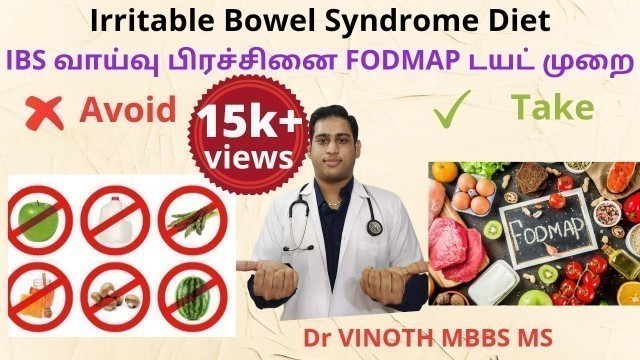

'அனைவருக்கும் வணக்கம் , நான் மருத்துவர் வினோத்குமார், MBBS MS, பலருக்கும் தற்போது அஜீரண கோளாறு ஏற்படுகிறது. இளம்வயதில் ஏற்படும் மலச்சிக்கல் மற்றும் வாய்வு பிரச்சினை இதில் பெரும்பாலானோர் IBS எனும் நோயினால் பாதிக்கப்படுகிறார்கள். IBS நோயின் அறிகுறிகள் என்ன ? IBS நோய் ஏன் ஏற்படுகிறது ? IBS நோய் யாரை அதிகம் பாதிக்கும் ? முழு வீடியோ பார்க்க :https://youtu.be/uOaAkR3uz1w What is the Fodmap diet? FODMAP diet stands for – Fermentable – Foods fermented in large intestines Oligosaccharide – Small chain of sugar molecules Disaccharide – Double sugar molecule Monosaccharides – a single sugar molecule And Polyols – Sugar alcohols. These Fodmap foods (sugar molecules) are not digested and lead to fermentation at the base of large intestines. In this process, there is an absorption of water and the release of carbon dioxide, hydrogen, and methane gas. These are the culprits of GI symptoms. List of FODMAP Foods: Oligosaccharides: Wheat, rye, legumes, and various fruits and vegetables, like garlic and onions. Disaccharides: Milk, yogurt, and soft cheese. Lactose is the main component. Monosaccharides: Fruit like figs and mangoes, As well as sweeteners such as honey. Fructose is the main component. Polyols: Certain fruits and vegetables including blackberries and lychee. Some low-calorie sweeteners like those in sugar-free gum. What is the Low Fodmap Diet? A low Fodmap diet refers to a temporary diet that has a very low amount of food compounds called FODMAPs. These foods are eliminated or restricted for 3-8 weeks and then gradually reintroduced into a low-FODMAP diet. Slow and gradual reintroduction of restricted food one by one helps to check which food has caused the GI symptom. Stages of the Low Fodmap Diet: Restriction: This stage involves strict avoidance of all high-FODMAP foods. This lasts for about 3–8 weeks. Some people notice an improvement in symptoms in the first week itself, while some patients might take time. Once all of the digestive symptoms subside you can proceed to stage 2. Reintroduction: This stage involves systematically reintroducing high-FODMAP foods. The purpose is to identify which types of FODMAPs you can tolerate. Few are sensitive to all of the foods on the list. You determine your threshold level of FODMAP in this stage. Introduce high FODMAP food one by one every 3 days. Professional guidance is mandatory in this stage. This method will help to check which food is the main culprit for the symptoms. Once you are aware of what suits your body and what not, Then you can proceed to stage 3. Personalization: This stage is the “modified low-FODMAP diet.” Here the intolerant food is restricted completely. Whereas certain foods that can be tolerated in small amounts are adjusted accordingly. This stage gives you more variety and flexibility in day-to-day life. List of Allowed foods in Low Fodmap diet Indian Version : Vegetables: Alfalfa sprouts, bell pepper, carrot, green beans, cucumber, lettuce, tomato, zucchini, bamboo shoots, eggplant, ginger, chives, olives, parsnips, potatoes, and turnips Fresh fruits: Oranges, grapes, cantaloupe, banana, blueberries, grapefruit, kiwi, lemon, lime, oranges, and strawberries Dairy and Non-dairy Milk Products: Brie, Camembert and feta cheese, almond milk, rice milk as well as coconut milk. Meat: Eggs, chicken, beef, pork, and fish Grains: Rice, rice bran, oats, oat bran, quinoa, cornflour, gluten-free bread, and pasta Beverages: Non-dairy milk tea and coffee, black and green tea and coffee, water, and fresh fruit juice Soy, Nuts, and oilseeds: Soy, tofu, tempeh, almonds, peanuts, pine nuts, walnuts, and pumpkin seeds Condiments:Basil, chili, ginger, mustard, pepper, salt, white rice vinegar, and wasabi powder List of foods to be Avoided in Low Fodmap diet Indian Version : Vegetables: Onions, garlic, cabbage, broccoli, cauliflower, asparagus, leeks, beetroot, celery, sweet corn, brussels sprouts, and mushrooms Fresh fruits: Peaches, apricots, plums, prunes, mangoes, apples, pears, watermelon, cherries, and blackberries Dairy and Non-dairy Milk Products: Milk, soft cheese, yogurt, ice cream, custard, pudding, and cottage cheese Sweeteners and artificial sweeteners: High fructose corn syrup, honey, agave nectar, sorbitol, xylitol, mannitol, and isomalt. Grains and pulses: Beans, lentils, Wheat and rye-based bread, cereals, pasta, and crackers Beverages: Alcohol, sports drinks, and coconut water Nuts and dry fruits:Cashew nuts and pistachios and juice concentrates. #ibsdiet #fodmap #gastroubleremedy #diettips #ibsremedy #hometreatment #diarrheatreatment #constipationhomeremedies #dietplan #lowfodmap #lowfodmapdiet #ibstreatment #drvinoth #education #medicalstudent #mbbs #ullangaiyilmaruthuvam'
Tags: healthy lifestyle , Tamil , fodmap diet , tamilan , medical tips , food diet , irritable bowel syndrome , ibs symptoms , IBS treatment , how to cure gas trouble , Dr vinoth , Dravidian stock , IBS diet Tamil , IBS home treatment , fodmap diet Tamil , IBS complete cure , IBS causes , how to stop IBS , gas bloating , gas trouble home treatment , IBS diet plan , IBS doctor tips , ullangaiyil maruthuvam
See also:


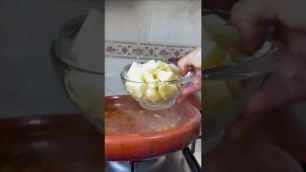
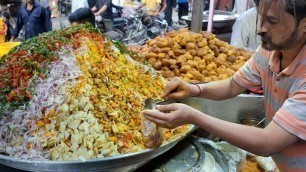



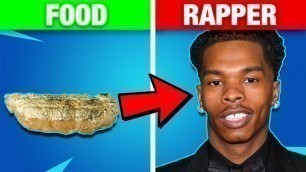

!['What I Eat [VLOG] Paddle Boarding-New Favorite Food!!'](https://cdn-img01.food2blog.com/images/44-m/146/1466819_m.jpg)




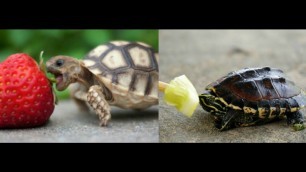


comments